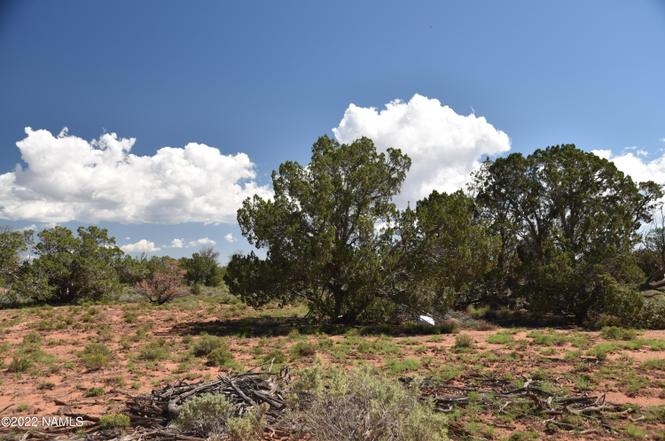

Washington was from South Central's East Side, where he was a prominent gangster similar to Williams, and proposed they use their influence in their respective regions to form the larger Crips street gang. According to Williams' account of the meeting, what struck him about Washington was that, besides being incredibly muscular, he and his cohort were dressed similar to Williams and his clique, wearing leather jackets with starched Levi's jeans and suspenders. The friend had informed Washington of Williams' toughness and his willingness to fight members of larger, more established street gangs such as the L.A. Shortly after his release from prison, Williams was approached by Raymond Washington at Washington Preparatory High School after hearing of Williams through a mutual friend of both young men. According to Williams, upon his release from custody the review board asked him what he planned to do after being released, to which he replied "being the leader of the biggest gang in the world." By his release from custody in early 1971, aged seventeen, Williams was physically bigger and stronger. While doing time at the detention center, Williams was introduced to Olympic weightlifting by the facility's gym coach and this experience would spark an interest in bodybuilding. In 1969, at age sixteen, Williams was arrested in Inglewood for car theft and was sent to the Los Padrinos Juvenile Hall in Downey.

Williams became the unofficial leader of this clique as his violent reputation began to spread across South Central. Williams soon earned the clique's respect after beating up one of their members for insulting his mother. At age fifteen, Williams was invited into a small West Side clique after he befriended a local teenager, Donald "Doc/Sweetback" Archie. These gangs were mostly small-time neighborhood cliques that operated independently from each other and therefore leadership was not chosen but determined naturally. Increasingly violent youth gangs formed in their place, which Williams initially despised as predatory but because of his viciousness and willingness to fight older youths Williams earned the respect of many gangsters on the West Side. In the late 1960s, juvenile crime increased in South Central as older gangs disbanded to join the Black Power Movement, most notably as part of the Black Panther Party, initially to protect black people from police brutality and corruption in the Los Angeles Police Department. ( May 2022) ( Learn how and when to remove this template message) Unsourced material may be challenged and removed. Please help improve this section by adding citations to reliable sources. Williams was expelled from George Washington Preparatory High School and was blackballed by several other high schools in the South Central area for fighting, and eventually began doing stints in Central Juvenile Hall. By the time Williams was a teenager he had gained a reputation in South Central's West Side as a vicious street fighter. Williams was often the target of older bullies and street thugs in his neighborhood and, by the age of twelve, began carrying a switchblade in order to protect himself. Williams began to participate in these street fights regularly as a child, where adults would bet on him and give him part of the proceeds for winning his fights.

Williams stated that after the adults finished the dog fighting they would make the children fight each other, including himself. He recalled that, as a child, he would hang out in abandoned houses and vacant lots around his neighborhood in South Central where he would watch adults get drunk, abuse drugs, gamble and engage in dog fights. Īs Williams' mother worked several jobs to support them, Williams was a latchkey kid and often engaged in mischief on the streets. In 1959, Williams moved with his mother, Louisiana Williams, to Los Angeles, California and settled in the city's South Central region. His father abandoned the family when Williams was one year old. Williams was born on December 29, 1953, in Shreveport, Louisiana.


 0 kommentar(er)
0 kommentar(er)
